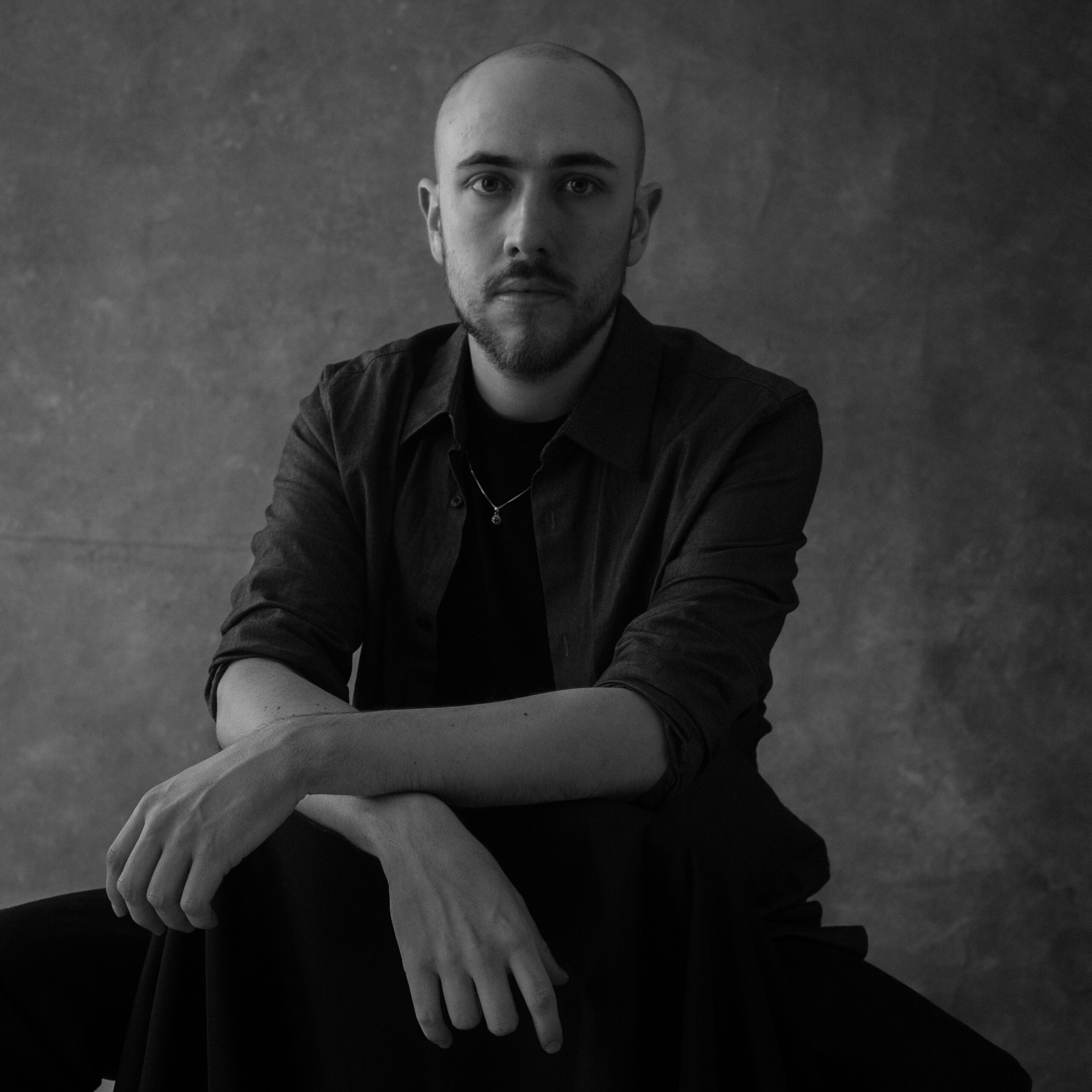Q: What first sparked your interest in photography, and how has your background shaped the way you approach your work today?
Since childhood, I’ve been interested in photography. I first fell in love with cinematography and film, particularly in how visual atmospheres are created through lighting and framing, and how that empowers storytelling. That approach helped me work in the same way when it came to photography—telling stories through powerful framing and lighting, and creating strong characters, much like in a film production.
Q: What motivated you to participate in the IPA competition, and how has winning influenced your growth as an artist and photographer?
I did some research and realized that the IPA helped many generations of great photographers to begin their careers, and that winning is truly a launchpad for beginners, as well as an important legitimization for professional artists. So I decided to take a chance and submit my work, but I never imagined winning such a prestigious award.
Q: What were some of the most memorable or challenging moments you encountered while working on the image(s) that won?
We worked almost as if it was a film production, and teamwork was vital to achieving this result. Before the shoot, we created sketches to plan every element of the images, coordinating closely with our costume designer, Bernarda Crudo, and makeup artist, Pamela Gonçalves.Working with Monica Carvajal Bedoya as creative director and production designer was really special. We decided a lot of things together, especially the design of the characters’ spaces, the title of the series or the ideas of some of the stories. She was a huge support throughout the process.Regarding post production, we worked with Steve Thayalan, an amazing retoucher from India. Every picture was shot in layers, taking several photos until we gathered all the information we needed. That was really challenging, but working like that made a significant difference in the final look of the images, because we had total control of the lightning and focus of the images. And working with professional actors from cinema and theater elevated the project, adding unique depth to their characterization.Many have noted that the project resembles a movie or a painting, reflecting the impressive level of detail and care infused into every element through our collaboration.
Q: In your view, what key elements make for a truly impactful photograph, and how do you strive to incorporate those into your work?
A striking photograph must have strong visual impact, and be able to tell an entire story in one still moment. I’m interested in making sure the image contains all the necessary elements to be interpreted and to captivate you at first glance. Very few artistic forms have the power of synthesis that a photograph has—it’s truly powerful. In my photos, while I enjoy having the viewer explore the image and discover new details, I also aim for the initial visual impact to be truly strong, directing attention to the areas I want to highlight through lightning and composition.
Q: What aspects of photography push you the most, either creatively or technically, and how do you overcome those challenges?
I’m deeply inspired by storytelling, and coming from a background in cinema, my passion for narrative has always been a part of me. I firmly believe that photography is the most concise form of storytelling. In my photos, I push the limits of conceptualization and preliminary sketches so that when it comes time to shoot, I can control every aspect of the image. I’m fortunate to have an amazing team that collaborates with me on my film projects, and working with such a great group allows me to push the boundaries of my work to achieve the desired result.
Q: What drives your passion for photography, and where do you draw inspiration from for your projects?
My passion for photography stems from being impressed by striking images, like those of Saul Leiter, Dorothea Lange, Eugenio Recuenco, Erwin Olaf, Sebastião Salgado, Jeff Wall, or the Argentine José Luis Raota. I’m particularly interested in photographers that build a constructed reality, that modify and decide aspects of the image that often aren’t there, transforming and reinterpreting it. I believe that in that construction and compositional eye, you can truly see the artist—a creator of new worlds. My passion for photography lies in being able to work as a builder of the image, step by step constructing an imagined idea and bringing it to life.
Q: Looking ahead, what goals or projects are you most excited to pursue in the next phase of your photography career?
I want to take advantage of everything that’s happening with the award to promote my work, exhibit in new spaces, and start attending festivals and art fairs. I also have a new project that I did in Mexico, where I’ve been living for two years. There are many cultural and social aspects in this country that are so different and unique, and I aim to capture the essence of many things that Mexicans take for granted, presenting them from a different perspective. I believe it’s important to reflect on things that aren’t discussed and are normalized by their society, addressing these issues through photographic storytelling.

